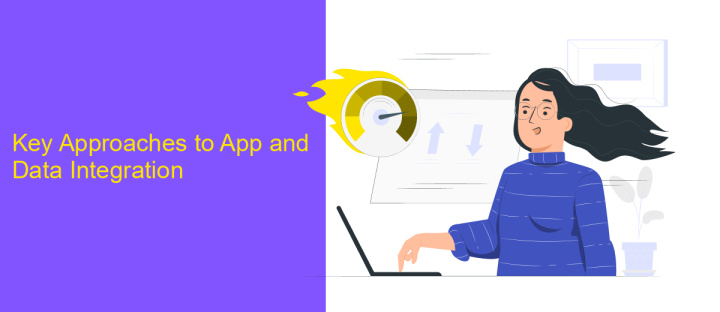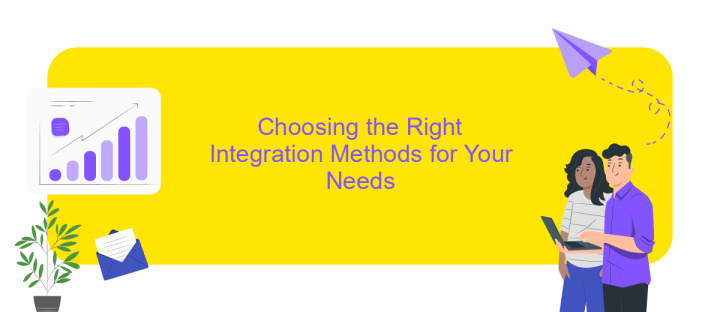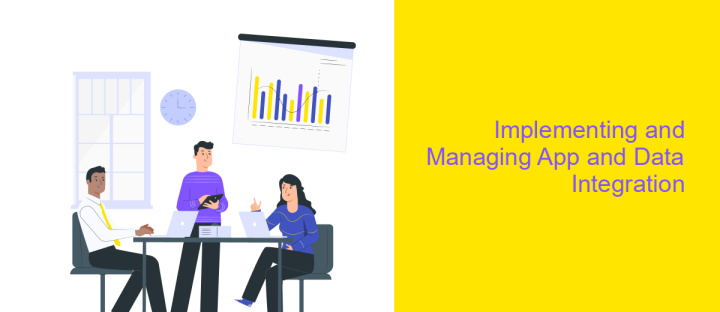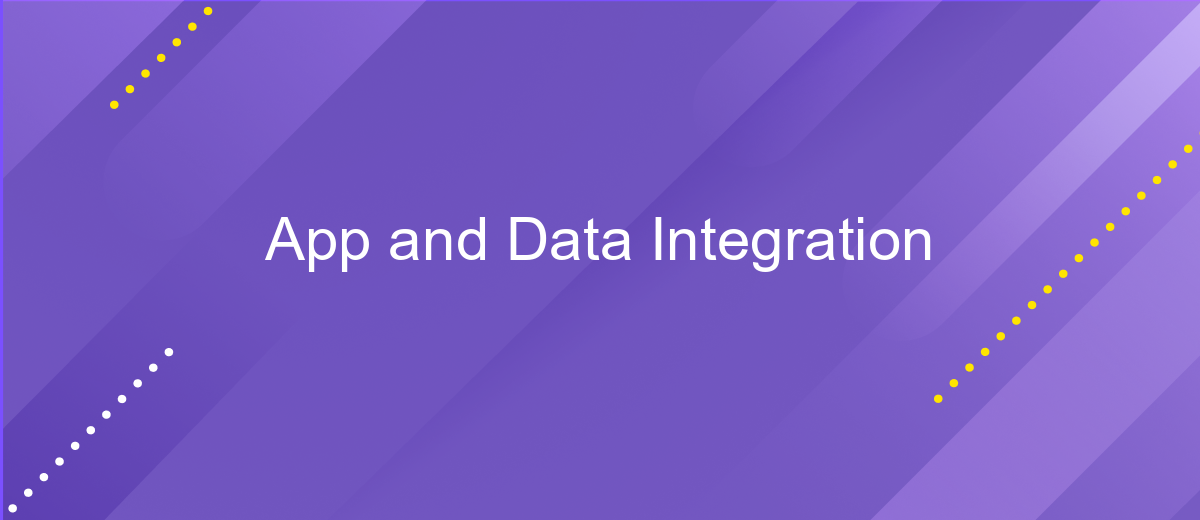App and Data Integration
In today's rapidly evolving digital landscape, app and data integration has become a crucial component for businesses aiming to enhance efficiency and drive innovation. By seamlessly connecting disparate systems and data sources, organizations can streamline processes, improve decision-making, and unlock new opportunities for growth. This article explores the key benefits, challenges, and strategies involved in implementing effective app and data integration solutions.
Understanding App and Data Integration Fundamentals
App and data integration is a crucial aspect of modern digital ecosystems, enabling seamless connectivity between various software applications and data sources. It involves the process of linking different systems and applications to work together, facilitating data exchange and streamlining business processes. Understanding the fundamentals of app and data integration is essential for organizations aiming to enhance efficiency and improve decision-making capabilities.
- Data Mapping: Aligning data fields from different sources for consistency.
- APIs: Utilizing Application Programming Interfaces for communication between systems.
- Middleware: Software that acts as a bridge to enable interaction between applications.
- Data Transformation: Converting data into compatible formats for integration.
- Security: Ensuring data protection during integration processes.
Mastering app and data integration fundamentals allows businesses to automate workflows, reduce redundancy, and gain real-time insights. By leveraging integration technologies, organizations can create a cohesive IT environment that supports innovation and agility. This, in turn, leads to improved customer experiences and a competitive edge in the market. As technology evolves, staying updated with integration practices becomes increasingly important for sustainable growth and operational excellence.
Key Approaches to App and Data Integration

App and data integration is essential for businesses aiming to streamline operations and enhance productivity. One key approach involves using APIs (Application Programming Interfaces) to enable seamless communication between different software applications. APIs facilitate data exchange and ensure that systems work harmoniously, reducing manual data entry and minimizing errors. Another approach is employing middleware solutions, which act as intermediaries to connect disparate systems, enabling them to share data and processes without requiring extensive custom coding.
Cloud-based integration platforms, such as ApiX-Drive, offer a flexible and scalable solution for connecting various applications and data sources. These platforms provide pre-built connectors and automation tools, allowing businesses to set up integrations with minimal technical expertise. By leveraging such services, organizations can quickly adapt to changing business needs, integrate new applications, and ensure data consistency across all systems. This approach not only saves time and resources but also enhances data-driven decision-making by providing a unified view of business information.
Choosing the Right Integration Methods for Your Needs

When considering app and data integration, selecting the appropriate methods is crucial for ensuring seamless operations and achieving business objectives. The right integration approach can enhance data accessibility, streamline workflows, and improve user experience. Below are key considerations to guide your decision-making process.
- Assess Your Needs: Identify the specific requirements of your organization, such as data volume, speed, and security, to determine the best integration approach.
- Evaluate Integration Types: Choose between point-to-point, middleware, or API-based integrations based on your technical infrastructure and scalability needs.
- Consider Compatibility: Ensure the chosen method is compatible with existing systems and supports future growth and technological advancements.
- Cost Analysis: Evaluate the total cost of ownership, including implementation, maintenance, and potential upgrades, to ensure the solution fits within your budget.
Ultimately, the success of your integration strategy depends on a thorough understanding of your organizational needs and the technological landscape. By carefully evaluating these factors, you can select an integration method that not only meets current demands but also adapts to future challenges, ensuring a robust and flexible IT ecosystem.
Implementing and Managing App and Data Integration

Implementing app and data integration is a critical step in ensuring seamless operations and efficient data flow within an organization. It involves connecting disparate applications and data sources to create a unified system that enhances productivity and decision-making. This process requires careful planning and execution to avoid disruptions and ensure data integrity.
Managing integration involves continuous monitoring and maintenance to ensure that all systems communicate effectively. This includes updating integrations as software and data needs evolve, troubleshooting any issues that arise, and optimizing performance. Effective management ensures that the integrated system remains reliable and scalable.
- Define clear integration goals and objectives to align with business needs.
- Select appropriate integration tools and platforms that support scalability and flexibility.
- Ensure data security and compliance through robust encryption and access controls.
- Regularly monitor and evaluate the integration performance to identify areas for improvement.
Successful app and data integration not only streamlines operations but also provides valuable insights through comprehensive data analysis. Organizations can leverage integrated systems to make informed decisions, enhance customer experiences, and drive innovation. By prioritizing integration, businesses can remain competitive in an ever-evolving digital landscape.


Future Trends and Best Practices in App and Data Integration
As technology continues to evolve, app and data integration is poised to become even more seamless and efficient. Future trends indicate a shift towards more automated and intelligent integration solutions, leveraging AI and machine learning to predict and resolve integration challenges. This will enable businesses to connect applications and data sources with minimal manual intervention, fostering a more agile and responsive IT environment. Additionally, the rise of low-code and no-code platforms will empower non-technical users to create and manage integrations, democratizing access to integration capabilities across organizations.
Best practices in app and data integration emphasize the importance of choosing flexible and scalable integration platforms. Services like ApiX-Drive exemplify this approach by offering intuitive tools that simplify the process of connecting diverse applications and data sources. Ensuring data security and compliance remains paramount, necessitating robust authentication and encryption protocols. Organizations should also prioritize continuous monitoring and optimization of integration workflows to maintain efficiency and adapt to evolving business needs. By adopting these practices, businesses can harness the full potential of integrated systems to drive innovation and growth.
FAQ
What is app and data integration, and why is it important?
How can app and data integration benefit my business?
What are some common challenges in app and data integration?
How can I automate data integration processes?
What should I consider when choosing an integration platform?
Routine tasks take a lot of time from employees? Do they burn out, do not have enough working day for the main duties and important things? Do you understand that the only way out of this situation in modern realities is automation? Try Apix-Drive for free and make sure that the online connector in 5 minutes of setting up integration will remove a significant part of the routine from your life and free up time for you and your employees.

